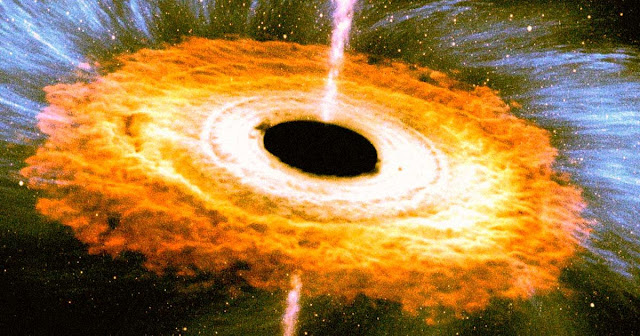Major discovery on the Big Bang
Scientists who were looking for means of propulsion for rockets and planes have discovered how supernovas explode, relays "L'Express".
Funded by the United States military, scientists found, somewhat by accident, the beginnings of an explanation. By looking for new means of propulsion for planes and rockets, their experiences led them on the route of type Ia supernovae (SNIa) and especially on the way they explode. To be more precise, the supernova designate all the phenomena which lead to the explosion of a star. At L'Express, Kareem Ahmed, assistant professor in the mechanical and aerospace engineering department at the University of Florida, shares his enthusiasm. Their discovery "may even be the missing piece in the puzzle of astrophysical theories," he explains.
From a simple flame to an explosion
Supernovae are decisive in the evolution of the Universe. The thermonuclear explosions of these dead stars would also be comparable to that of the Big Bang. "They also led to discover that the Universe is in accelerated expansion, or the existence of dark energy", details Kareem Ahmed. Scientists have come across one of the possible mechanisms that lead to their explosion by recreating implosions.
Using sophisticated equipment loaned by the US military, such as a "turbulent shock tube" and supercomputers, they determined the conditions under which a single flame causes a large-scale hypersonic reaction. "We have discovered the essential criterion allowing a flame to generate its own turbulences and to accelerate them spontaneously until producing a detonation," explains the researcher at L'Express. By infusing enough turbulence into the flame space, the flame completely burned the energy around it. The hypersonic explosion is five times faster than the speed of sound, at 6,174 km / h, the newspaper said. A mechanism similar to that which produces type Ia supernovae.




















